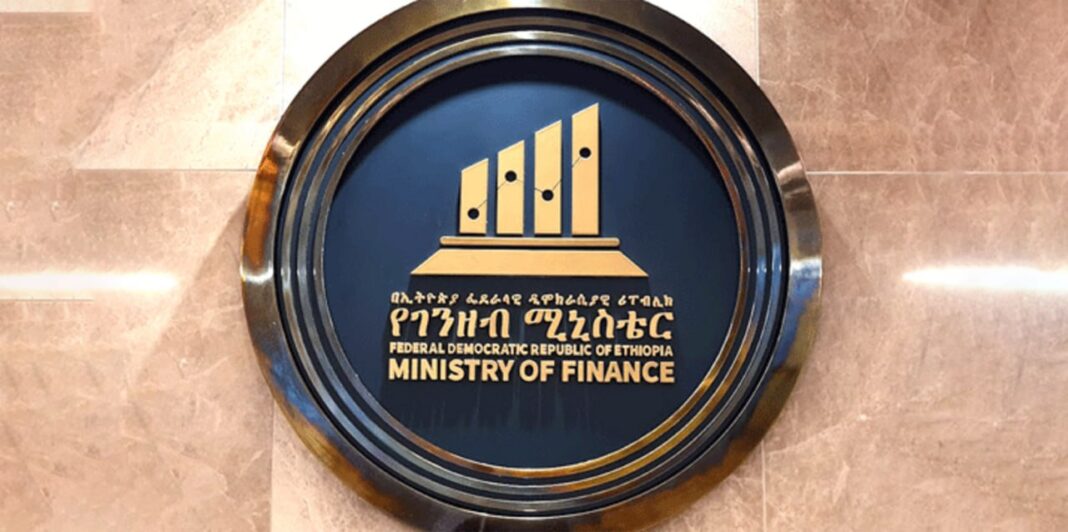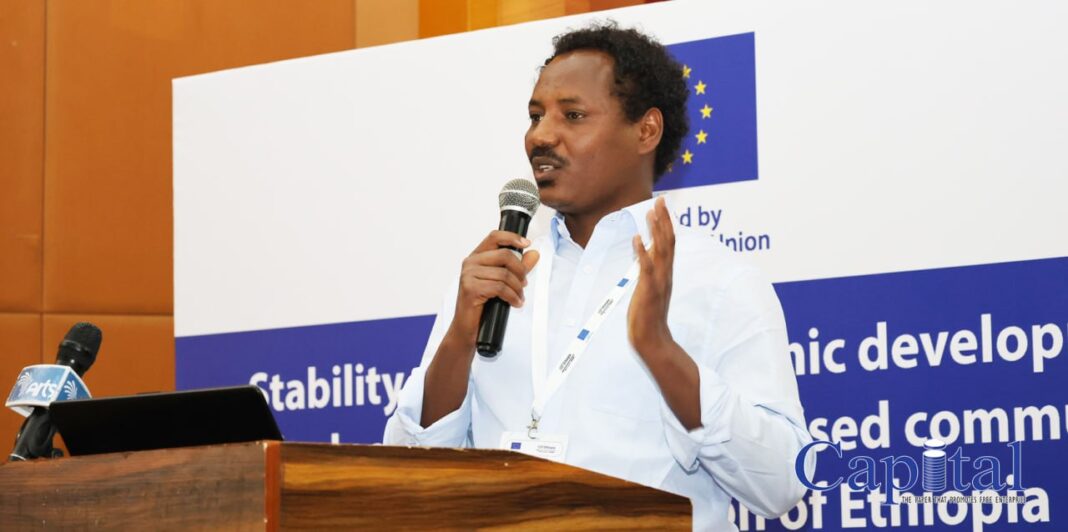In a significant development, the Ministry of Finance (MoF) announced on October 14, 2025, that high-stakes negotiations with private creditors regarding Ethiopia’s $1 billion Eurobond due in 2024 have collapsed without reaching an agreement. This setback exacerbates the country’s debt restructuring crisis amid its IMF program, prompting plans for urgent consultations with the Official Creditor Committee (OCC) and the IMF to determine a way forward.
The negotiations, which took place from September 25 to October 13, failed to reconcile differences over financial terms. However, both parties expressed hope for future discussions to resolve the deadlock.
This announcement highlights Ethiopia’s ongoing struggle with a growing debt crisis, worsened by economic pressures such as inflation, currency devaluation, and external shocks stemming from the COVID-19 pandemic and regional conflicts.
Ethiopia has been actively seeking relief on its external debts to stabilize its economy and fulfill IMF requirements for continued support under the Extended Credit Facility (ECF).
The Ad Hoc Committee, representing bondholders, rejected Ethiopia’s initial proposal and responded with terms that included higher recovery mechanisms, leading to a series of negotiations with counteroffers.
At the beginning of the negotiation period, Ethiopia proposed a restructuring plan that included a 16% nominal haircut on the bond’s principal (excluding past due interest), resulting in a new $840 million bond maturing in June 2030 with a 4.75% coupon paid in cash. Past due interest (PDI) of $132.5 million from four missed coupons (from December 2023 to June 2025) would be settled in two installments, along with a 0.5% consent fee.
In response, the Ad Hoc Committee proposed a less severe 10% haircut, suggesting a $900 million bond maturing in July 2029 with the original 6.625% coupon and full payment of three missed coupons ($99.375 million) at settlement, plus a 2% consent fee. They also introduced a Value Recovery Instrument (VRI) linked to Ethiopia’s goods exports, allowing bondholders to receive additional payments if exports exceed IMF baselines—5% of excess from FY 2024/25 to 2027/28, and 2% thereafter until FY 2039/40.
Ethiopia then revised its offer, increasing the haircut to 15% with an $850 million bond, lowering the coupon to 6.125%, and introducing a downside adjustment that would reduce the final amortization if FY 2027/28 exports fell below 85-95% of IMF projections.
Their VRI was also more modest, offering 1.5% of export excesses from FY 2026/27 to 2035/36, capped at $30 million annually, with a $180 million notional.
The committee’s final counteroffer matched the 15% haircut and 6.125% coupon but extended the VRI to FY 2035/36 with higher percentages (4.75% initially, then 2%), a $400 million notional, and a $65 million cap on the first payment.
The downside adjustment has been revised to aggregate exports over the IMF program period from FY 2024/25 to FY 2027/28. While non-financial terms, including covenants and reporting requirements, were acknowledged, they remain unresolved.
Despite the impasse, the Ministry highlighted “substantial progress” and expressed gratitude to the committee for its constructive engagement. The statement emphasized Ethiopia’s strong commitment to the principle of comparability of treatment, ensuring that private creditors receive terms no less favorable than those offered to official creditors, such as the Paris Club. The country intends to consult with its Office of the Chief Economist (OCC) and the IMF to explore potential options.
This development occurs amidst Ethiopia’s IMF-supported reforms, with the latest Extended Credit Facility (ECF) reviews forecasting external financing needs and export growth. Annex B of the Ministry of Finance’s press statement provides macroeconomic details, including IMF assumptions for multilateral and bilateral financing. For example, exports of goods and services are projected to increase from $14.6 billion in FY 2024/25 to $72.1 billion by FY 2038/39 under the third review scenario.
As of June 2024, before restructuring, total external debt data shows a figure of $30.9 billion, with multilateral creditors holding $15.3 billion, bilateral creditors from the OCC $3.4 billion, and Eurobond obligations totaling $1.1 billion (including missed payments). Pre-restructuring service schedules indicate significant principal and interest burdens extending into the 2040s, particularly from Chinese commercial loans and multilateral institutions.
Comparability indicators from the OCC Memorandum of Understanding (MoU) specify a 12.5% present value (PV) debt relief, a three-year duration extension, and a 34% reduction in debt service during the IMF program.
For FY 2024/25, actual export performance indicates merchandise exports reached $8.3 billion, driven primarily by coffee ($2.7 billion) and gold ($3.5 billion), with net services contributing an additional $1.3 billion.
Analysts warn that the failure to reach an agreement could delay Ethiopia’s access to international markets and extend its default status, as the bond has been in default since December 2023. However, the willingness to resume negotiations suggests the possibility of a deal before the year’s end.
Ethiopia is advised by White & Case LLP and Lazard, while the committee is represented by Weil, Gotshal & Manges and Ankura, though the names of committee members have not been disclosed.
For context, Ethiopia’s debt challenges date back to 2021 when it sought relief under the G20 Debt Service Suspension Initiative (DSSI) and subsequently entered discussions under the Common Framework. In July 2024, the IMF approved a $3.4 billion Extended Credit Facility (ECF), contingent upon restructuring.







